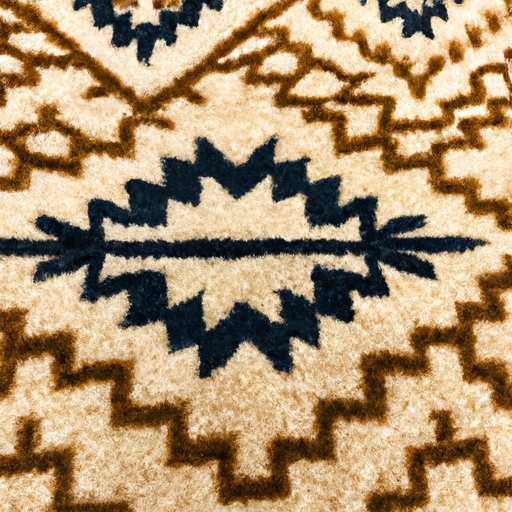
History and origins of Southwestern rugs
Authentic Southwestern Home Rug Designs
Southwestern rugs have a rich history. They are deeply ingrained in the culture of the Southwest and hold significant cultural meaning for many Native American tribes. The intricate designs and vibrant colors of these rugs tell stories of tradition, spirituality, and connection to the land.
The origins of Southwestern rug weaving can be traced back to the Navajo people who began creating these beautiful textiles in the early 18th century. **Over** time, other tribes in the region such as the Pueblo, Hopi, and Zuni also adopted this art form and incorporated their own unique styles into their rug designs.
One of the **most** distinctive features of Southwestern rugs is their bold geometric patterns. These patterns are often inspired by elements found in nature such as mountains, rivers, and animals. The use of natural dyes like indigo, cochineal, and marigold give these rugs their signature hues that range from earthy browns and greens to vibrant reds and blues.
In addition to their aesthetic beauty, Southwestern rugs serve practical purposes as well. They were traditionally used as floor coverings to provide warmth during cold winters or hung on walls as decorative tapestries. Today, these rugs continue to be cherished for their craftsmanship and artistic value.
Whether you are looking to add a touch of Southwestern flair to your home or simply appreciate the artistry behind these timeless pieces, investing in an authentic Southwestern rug is a way to bring a piece of history into your living space. The cultural significance and beauty of these rugs make them a valuable addition to any home decor collection.